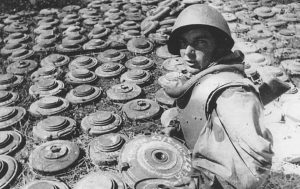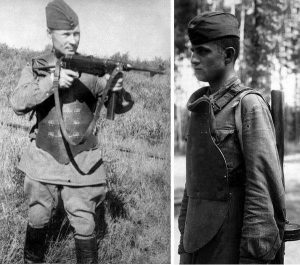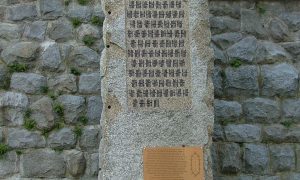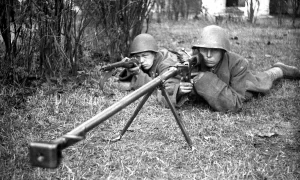CH-42 WW2- Soviet Body Armor
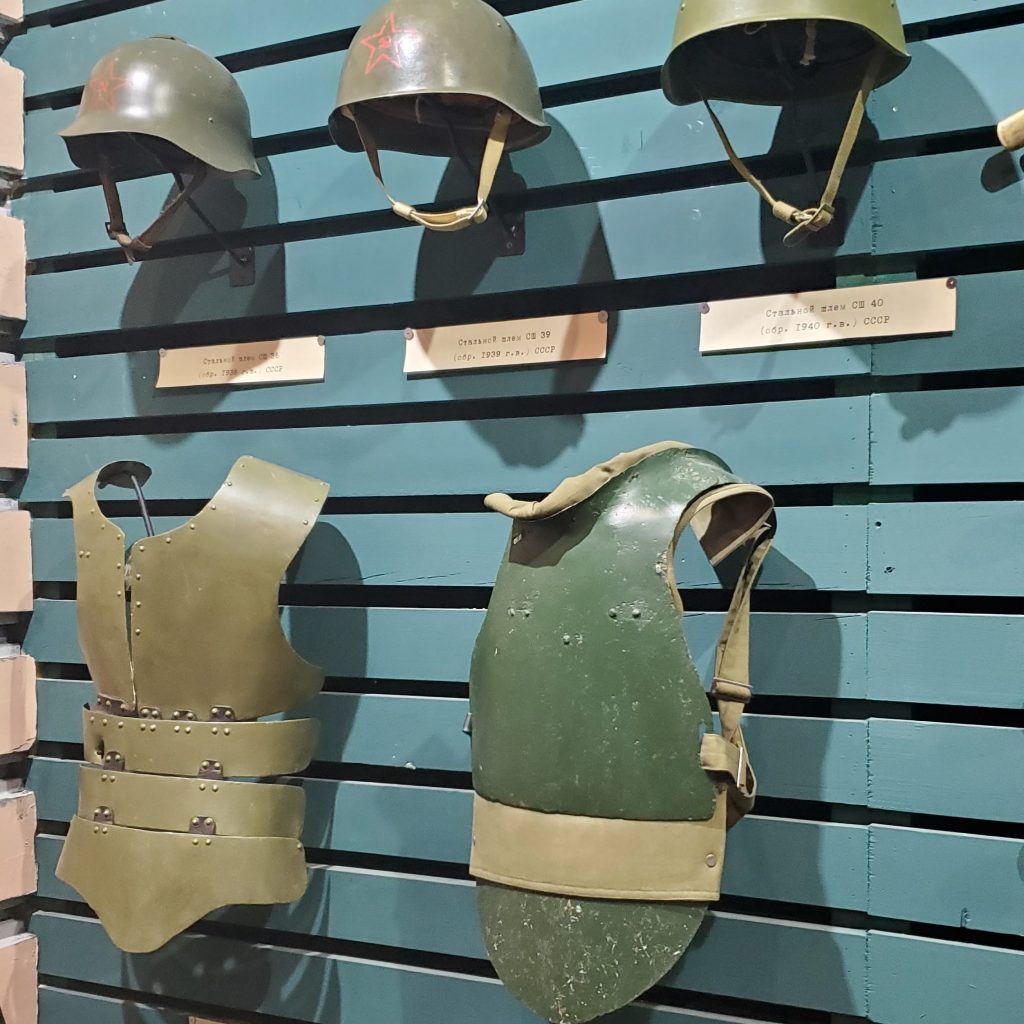
CH-42 is made of 2-mm and It was used in the Second World War. Several models were created: CH-38, CH-39, CH-40, CH-40A, and CH-42, where the number indicates the year of development. They were mainly equipped with engineering and assault brigades. Could Withstand the hit of pistol, shrapnel and somtimes machine-gun bullets, small fragments. Cases of impacts from 9-mm pistol bullets are described point-blank without damage to the fighter. Steel, due to its smoothness and strength, could also sometimes deflect 7.92-mm rifle bullets and bayonet strikes, but only with a tangential hit at favorable angle.
By modern standards, it roughly corresponds to a class 2 body armor – both in weight and in protective qualities.
Soldiers usually wore this “carapace” on a quilted jacket with torn off sleeves, which served as an additional shock absorber, despite the fact that the bib had a special lining on the inside. It proved itself well in urban battles.
Application
Steel bib CH-42 began to enter service with the troops in 1942 CH-42 was used during the Battle of Stalingrad. The CH-42 was widely used in the assault engineering and sapper brigades, which were equipped with them, and even received the nickname “armored infantry”.
The assessments of the bib by front-line soldiers are ambiguous: there are both positive and negative reviews. The breastplate proved itself well in street battles during the storming of cities, in hand-to-hand combat.. At the same time, in the field, the soldiers of the assault and Engineer brigades moved more on their stomachs, and bibs became an unnecessary hindrance.
